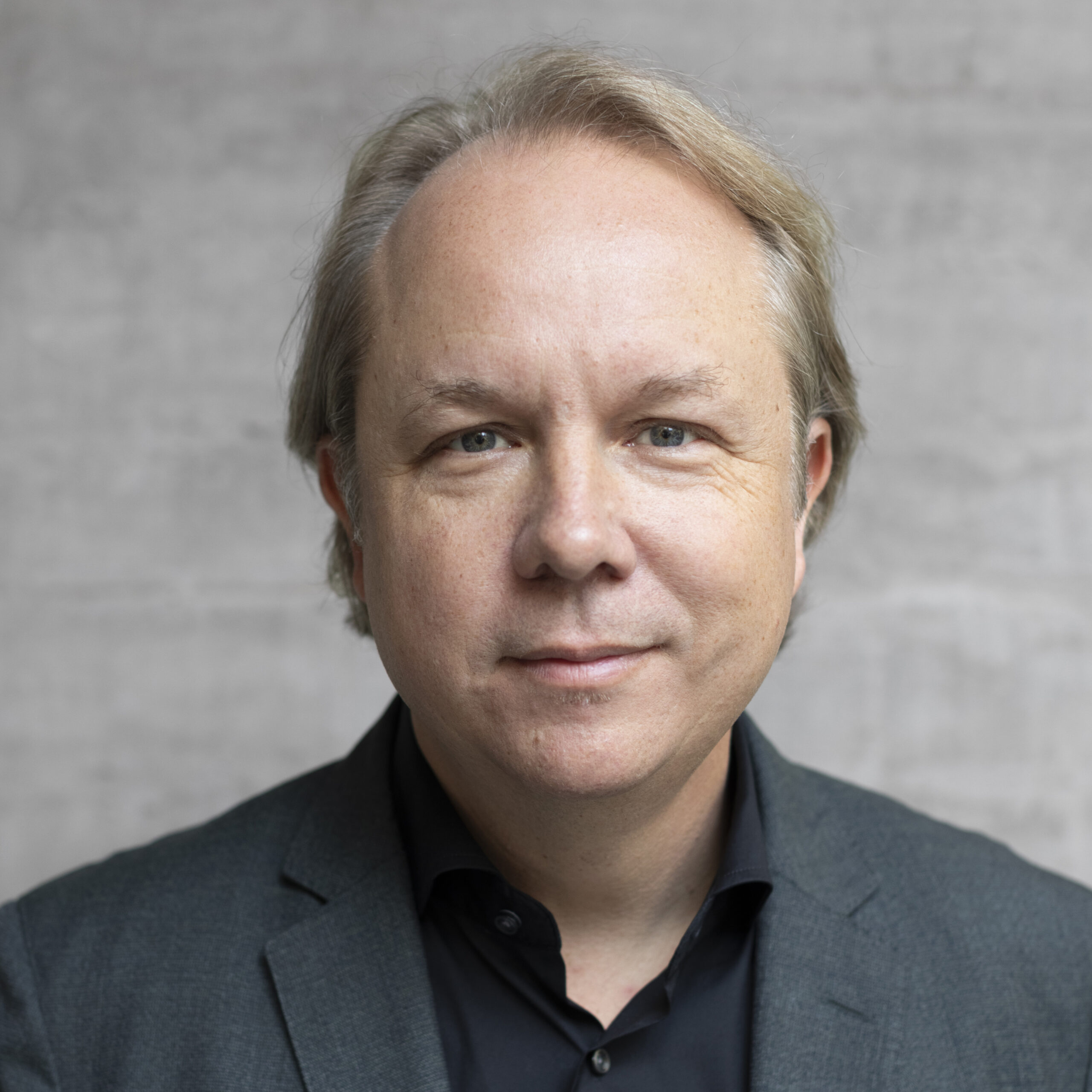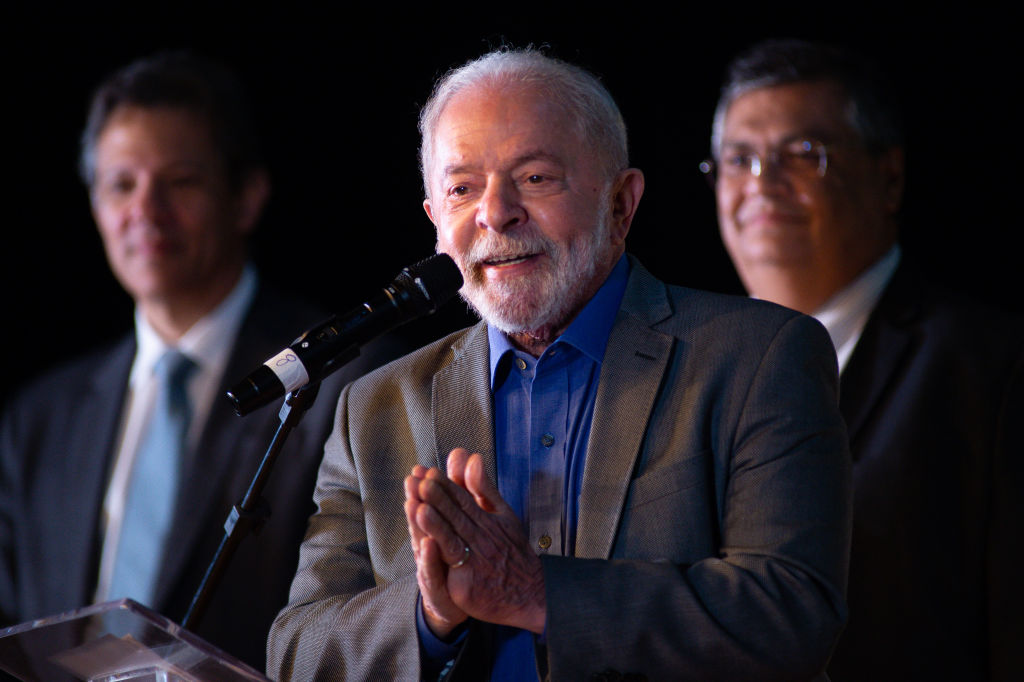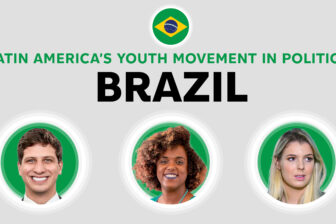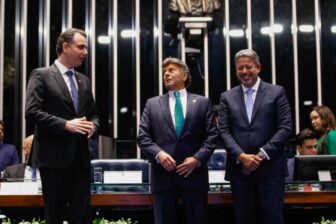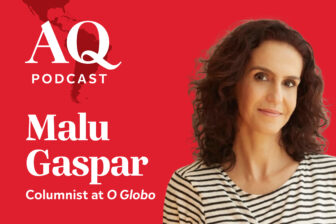One of the most insightful things I ever heard about Luiz Inácio Lula da Silva came from his sometime friend, sometime rival and immediate predecessor as president, Fernando Henrique Cardoso. “Lula is a union man,” Cardoso told me, “and union men understand that for the workers to do well, the owner must do well.”
This is one reason why Lula can be so confusing to outsiders, and indeed to many Brazilians as well. He was always a leftist, in the sense that he made the poor his first priority. But Lula was never a communist or even a Marxist; rather, his formative years in the 1970s and 80s as the head of the automotive metalworkers’ union in Greater São Paulo taught him that capitalism could, under certain circumstances, be a generator of broad-based wealth. Even during the most militant period of Lula’s long career, the 1990s, he defined his economic philosophy as being closest to that of Henry Ford, who believed, in Lula’s words, that “companies should pay their workers enough so they can buy the cars they make.” That kind of language and life experience certainly doesn’t make him Adam Smith. But it has often put Lula at odds with members of his own Workers’ Party (PT) and other more traditional leftists who grew up reading Antonio Gramsci, spent their careers as lawyers or economists working mostly in the public sector or academia, and harbor a much deeper distrust of big capital, if they understand it at all.
The resulting battle between pragmatism and dogma, between skepticism of the private sector and a desire to let animal spirits run at least a little bit free, was at the heart of Lula’s first presidency from 2003-10. It is now back in the spotlight as he prepares to begin a third term on Jan 1. Like many policy debates, it is a battle that will never be fully or definitively resolved. The critical question is, rather, which viewpoint will be more ascendant in his government’s opening phase. Lula’s Cabinet, and specifically his economic team, will include members representing both factions. The ideological differences between them are not huge, but they are arguably big enough to make the difference between success and failure, as they did during the PT’s previous period in power, which included some of the best and worst years in Brazil’s modern history.

Lula, then a union organizer, addresses a rally in São Paulo in 1982. (Photo: Bettman via Getty Images)
Lula’s first five years or so in office, the period some call “Lula 1.0,” were clearly dominated by the more business-friendly viewpoint. Figures like Antonio Palocci at the finance ministry, José Dirceu as chief of staff, José Alencar as vice president and Henrique Meirelles at the central bank helped hold the line on a very conservative fiscal and monetary policy (interest rates topped 40%), and push some limited pro-business reforms to pensions and elsewhere. Some forget how controversial this was within the PT—in fact, it fractured the party, leading hard-left figures to form a new party, the PSOL, in 2004. But the relative conservatives held the line long enough that business confidence soared, foreign investment poured in, and Brazil squeezed maximum benefit from the China-led commodities boom of the era. To paraphrase Cardoso, both workers and owners did well: The stock market quintupled in value, and some 35 million Brazilians were lifted out of poverty.
But another somewhat forgotten truth is that this more market-friendly consensus began to fray before Lula left office, not after. During the so-called “Lula 2.0” years, Palocci and Dirceu exited due to corruption scandals and were replaced, respectively, by Guido Mantega and Dilma Rousseff, both longtime career public servants who had far more “developmentalist” ideas about industrial policy and how the state should try to actively manage the private sector. When the global financial crisis hit in 2008, this group unleashed a barrage of loans from the BNDES, Brazil’s state development bank, contributing to eventual disasters such as Eike Batista and the bankrupt telecoms firm Oi. After Rousseff succeeded Lula as president in 2011, she doubled down even further on interventionism, elevating true believers such as Gleisi Hoffman and Aloizio Mercadante and, eventually, abandoning the Lula-era fiscal framework entirely. The outcome was the worst recession in Brazil’s history, impeachment, and other assorted disasters from which the country has still not fully recovered.
Where does that leave us now? Looking at Lula’s Cabinet, which is not yet complete, it’s striking how familiar it all seems. There are few truly new faces, and few new ideas, for better and for worse. Lula has once again put together a pluralistic team that includes both ideological groups. Geraldo Alckmin, his vice president and onetime rival, will be the standard bearer of the more centrist faction, and looks set to have considerable power. Fernando Haddad as finance minister seems like an attempt to repeat the Palocci experience (the good parts, anyway): a relative moderate within the PT’s core, who has the party bona-fides, and close relationship with the president, necessary to say “no” to excessive spending requests. The decision to keep Hoffman outside the Cabinet seems important, while even Mercadante’s appointment to the BNDES, which markets did not like, could be read as an effort to reward a loyal aide with a prestigious position away from the true core of economic policymaking. A new law enshrining central bank independence means that Roberto Campos Neto, who has helped guide Brazil to an even lower inflation rate (5.9%) than that of the United States (7.1%), will remain in that critical role until the end of 2024.
But here again we come back to the imperfect example of history. If you talk to the main protagonists of Lula 1.0, and I have interviewed many of them over the years, they believe that what really maintained discipline during that era was the feeling they had no real choice. Lula and the PT had been humbled, and some of its members pushed closer to the ideological center, after losing three consecutive presidential elections. A market panic prior to the election essentially forced Lula to sign a public letter vowing to maintain a stable macroeconomic policy, and appoint figures who could do so. Today, as we enter 2023, the narratives feel very different. Far from chastened, the PT feels vindicated by the events of recent years, including Lula’s release from prison. Their primary focus is not on appealing to business or markets, but on addressing the “social emergency” left behind by the Jair Bolsonaro years. The need is real, of course: More than 30 million Brazilians are estimated to be suffering from some degree of hunger or food insecurity in the wake of COVID-19 and years of subpar economic growth. But the party’s drive to secure 200 billion reais ($38 billion) in “transitional” funding surpassed the expectations of markets, and even some members of Lula’s transition team. Lula’s repeated statements dismissing the concerns of financial markets, including his November comments questioning the need for “so-called fiscal responsibility,” suggests he is feeling less boxed in than 20 years ago, and may be more willing to listen to the interventionist voices in his midst—or at least not stand in their way—on issues ranging from fiscal management to regulation.
And that is why, today, many are betting that Lula 3.0 will resemble Lula 2.0 more than Lula 1.0. That his government will not be a disaster by any means, but that the forces pushing for more government spending (and perhaps higher taxes, as Haddad has refused to rule out), and a greater state hand in the economy overall, will win more battles than they lose in the early going. Critically, other actors beyond the PT, including the so-called Centrão with whom Lula must share power, are also pushing for a greater pool of resources to manage. For those who believe that the capacity of the Brazilian government to address poverty and help steer the economy was grievously wounded in the six years since the PT last exercised power, this is primarily good news. For those who think that not all aspects of Bolsonaro’s economic policymaking were disastrous, and that the public sector already accounts for enough of Brazil’s economy, Lula 3.0 may end up looking like something of a lost opportunity—in a country where the glory days of the 2000s are becoming an ever more distant memory.


